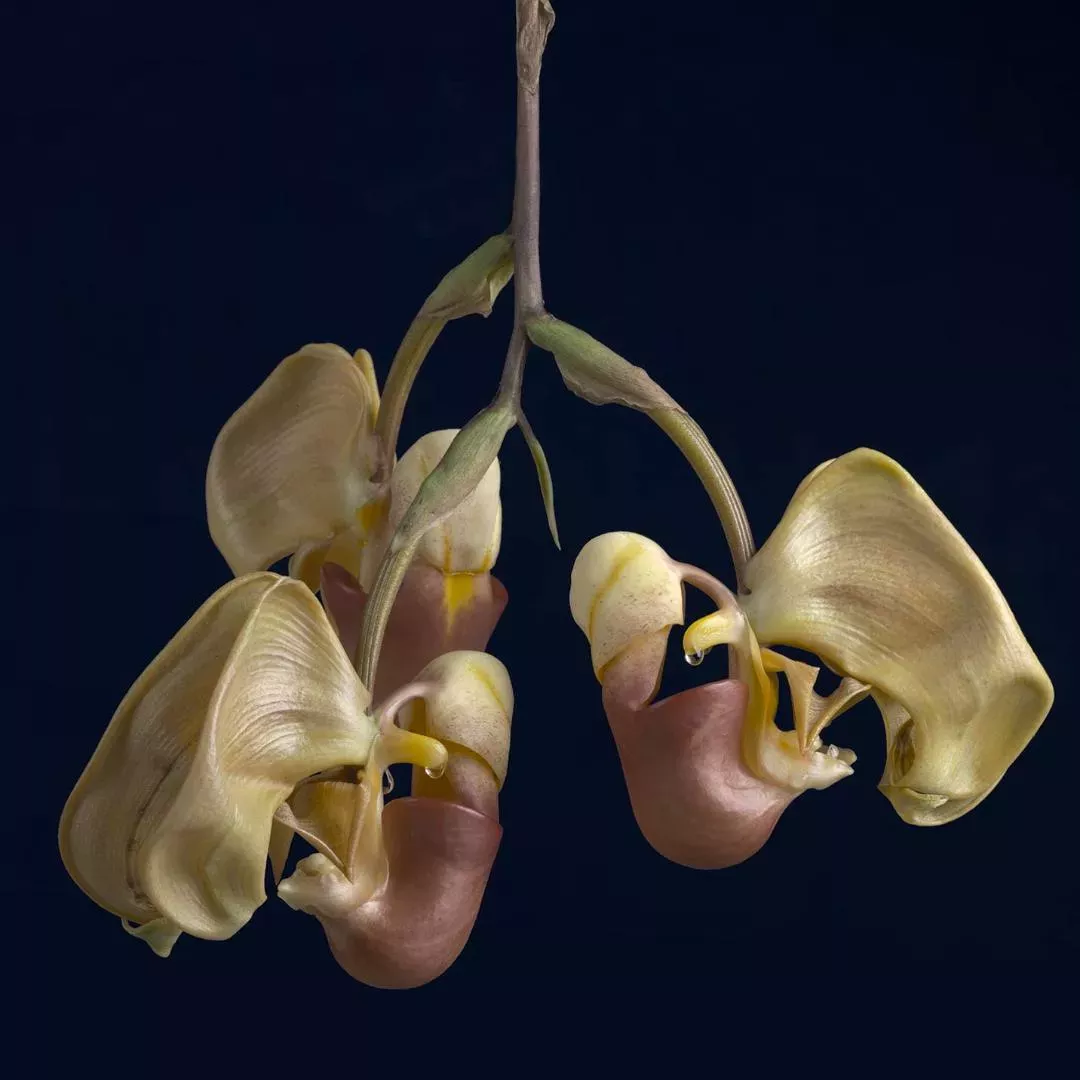Overview
Orchids, belonging to the family Orchidaceae, represent one of the largest and most diverse families of flowering plants, with over 28,000 currently accepted species distributed across more than 760 genera, according to the Royal Botanic Gardens, Kew. Orchids are renowned for their intricate and often highly specialized flowers, which exhibit a remarkable range of forms, colors, and fragrances. The family is cosmopolitan, occurring in a wide variety of habitats except for extreme deserts and polar regions.
Taxonomy and Classification
Orchidaceae is classified within the order Asparagales and is divided into five subfamilies: Apostasioideae, Cypripedioideae, Vanilloideae, Orchidoideae, and Epidendroideae. The family is notable for its high degree of morphological diversity and complex pollination mechanisms. The genus Bulbophyllum is the largest within the family, while Phalaenopsis, Cattleya, and Dendrobium are among the most widely cultivated genera World Checklist of Selected Plant Families.
Morphology
Orchids are distinguished by their unique floral structure, particularly the presence of a highly modified petal called the labellum or lip, which often serves as a landing platform for pollinators. The reproductive organs are fused into a single structure known as the column. Many orchids are epiphytic, growing on trees and deriving moisture and nutrients from the air, while others are terrestrial or lithophytic Britannica.
Leaves and Roots
Orchid leaves are typically simple, alternate, and can be leathery or fleshy, depending on the species. Epiphytic orchids often possess specialized aerial roots covered with velamen, a spongy tissue that aids in water absorption. Terrestrial orchids may have tuberous or rhizomatous root systems.
Distribution and Habitat
Orchids are found on every continent except Antarctica, with the greatest diversity occurring in tropical regions of Asia, South America, and Central America. They inhabit a wide range of ecosystems, from rainforests and cloud forests to grasslands and temperate woodlands. Some species are adapted to arid environments, while others thrive in wetlands Royal Botanic Gardens, Kew.
Pollination and Ecology
Orchids exhibit highly specialized pollination strategies, often involving intricate relationships with specific insects, birds, or other animals. Many species employ visual and olfactory mimicry to attract pollinators, such as resembling female insects or emitting pheromone-like scents. Some orchids are pollinated by wind or self-pollination, but animal-mediated pollination is most common American Orchid Society.
Economic and Cultural Significance
Orchids have significant economic value in horticulture and floriculture, with numerous hybrids and cultivars developed for ornamental purposes. The vanilla orchid (Vanilla planifolia) is of particular commercial importance as the source of natural vanilla flavoring. Orchids also hold cultural significance in various societies, symbolizing beauty, luxury, and love.
Conservation
Many orchid species are threatened by habitat loss, over-collection, and illegal trade. International agreements such as the Convention on International Trade in Endangered Species of Wild Fauna and Flora (CITES) regulate the trade of wild orchids to protect vulnerable populations. Conservation efforts focus on habitat preservation, ex situ cultivation, and public education CITES.
Cultivation
Orchids are popular among horticulturists and collectors due to their diverse and attractive flowers. Successful cultivation requires attention to species-specific needs, including light, temperature, humidity, and substrate. Advances in propagation techniques, such as tissue culture, have facilitated the mass production of orchids for commercial and conservation purposes American Orchid Society.
